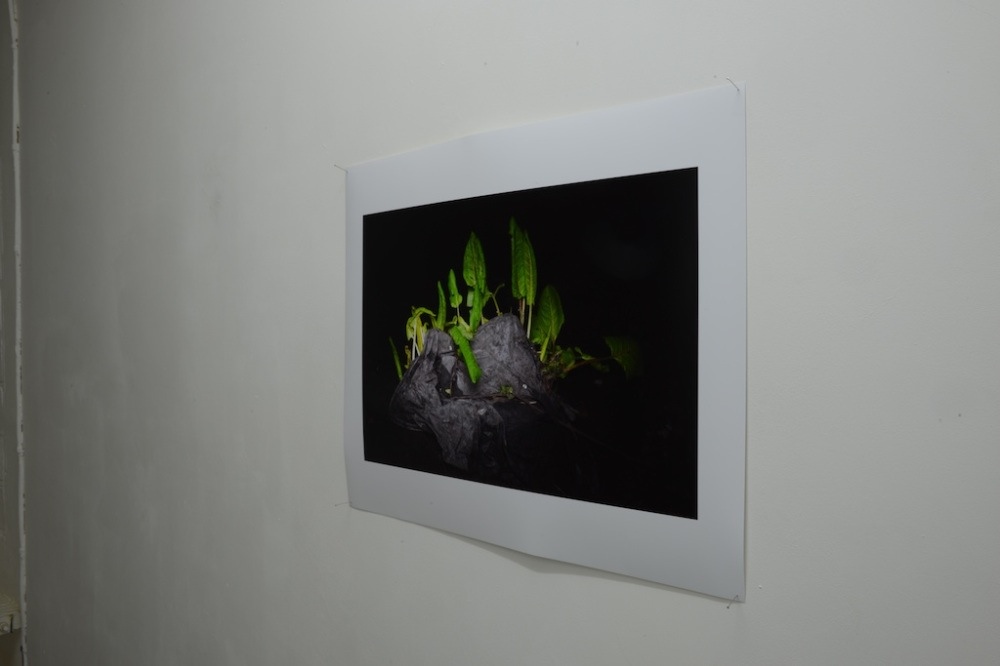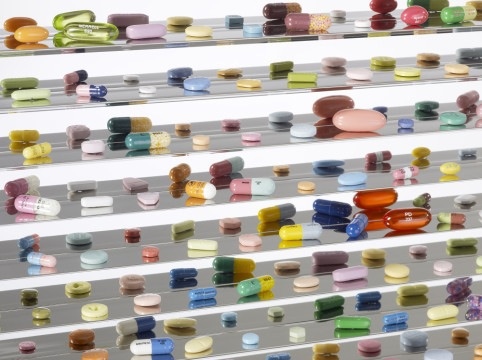Lets talk about ‘inspiration’?
Inspiration is a weird word.
It implies that there is a lightening flash moment and that all others are of no consequence or of lesser consequence.
It also implies that there is only one source of influence on your work and has connotations towards the artist as this producer sitting in their garret, contemplating their own existence or looking for a muse.
However, I am really influenced by Michel de Certeau, ‘The Practice of Everyday Life’ and believe that visual culture is a conversation between me, the work produced and all of the influences that one experiences.
– >> The Practice of Everyday Life is a book by Michel de Certeau which examines the ways in which people individualise mass culture, altering things, from utilitarian objects to street plans to rituals, laws and language, in order to make them their own. It was originally published in French as L’invention du quotidien. Vol. 1, Arts de faire’ (1980). The 1984 English translation is by Steven Rendall. The book is one of the key texts in the study of everyday life.
The Practice of Everyday Life begins by pointing out that while social science possesses the ability to study the traditions, language, symbols, art and articles of exchange that make up a culture, it lacks a formal means by which to examine the ways in which people reappropriate them in everyday situations.
The act of producing artwork is a reply to the influences that I have here these influences are a matrix of associations.
How do you create your work?
Research. Shoot. Research. Shoot. Edit. Shoot. Research. Edit. Repeat.

Untitled, 2012 From the project Unsounded Surplus, 2011-2012
Can you summarize yourself?
Anything I write here will make me look pretentious (including this statement).
Which artist do you find ‘inspiring’ and why?
This changes a lot.
At the moment I am still buzzing from all the stuff I saw at dOCUMENTA (13).
– The dOCUMENTA (13) was the thirteenth edition of the documenta, one of the world’s most important exhibitions for contemporary art. It took place between 9 June until 16 September 2012 in Kassel. The exhibition is held under the theme Collapse and Recovery. Exhibits can be seen in several venues in the city, among others in the Fridericianum museum [1], in the Orangerie (Kassel) and in the Karlsaue, a large urban park [2].
dOCUMENTA (13)
Its artistic director is the curator Carolyn Christov-Bakargiev[3] who was chief curator of the Rivoli[disambiguation needed] – Museo di Arte Contemporanea in Turin and, in 2008, also head of the Biennale of Sydney.
– http://d13.documenta.de
What themes do you pursue?
I suppose in terms of theme I look at the recesses of things and look at the relations between objects.
What’s your most embarrassing moment?
Take your pick. I am often mortified.
What have you done other than being an artist?
I have been a fabricator for Damien Hirst; making pills for pieces such as ‘Lullaby Spring’, 2004.

– ‘Lullaby The Seasons Spring’, 2002, one of four shelved cabinets containing more than 6,000 handcrafted and painted pills in a variety of colours (an allegory for the changing seasons) was the work to make Hirst the highest-paid living artist when it was sold at auction for £9.7m in 2007.
I’ve painted sets for pantomimes; processed films at a well know high street camera retailers.
I am an art handler for the Tate (Britain or modern) and Teach BA photography at NTU.
Very few people have the opportunity to solely concentrate on making their artwork and actually these jobs really influence the way I make work.
What is an artistic outlook on life?
I’ve no idea, but where the hell am I going to get the money to pay for this show is a re-occurring thought.
What could you not do without?
I really need to make work.
I become very depressed when I go for more than a few days without working on something new, or tweaking old stuff.
I had my cameras stolen the other month and was very lost.
Though on the plus side having new or indeed no equipment really catalyzes change in your work.
How do you research what you do?
At the moment I am really interested in OOO (Object Orientated Ontology or speculative realism) particularly in the work of Graham Harman so I enjoy reading his work in print and on blogs.
Speculative realism is a movement in contemporary philosophy which defines itself loosely in its stance of metaphysical realism against the dominant forms of post-Kantian philosophy or what it terms correlationism.
Through an interpretation of the “tool-analysis” of Heidegger’s Being and Time, Harman sets out to develop what he calls an object-oriented philosophy. Taking the tool-analysis as the defining moment in twentieth-century philosophy, Harman finds in Heidegger the roots of a metaphysics of things which does justice to the autonomous existence of objects.
www.peterainsworth.wordpress.com





